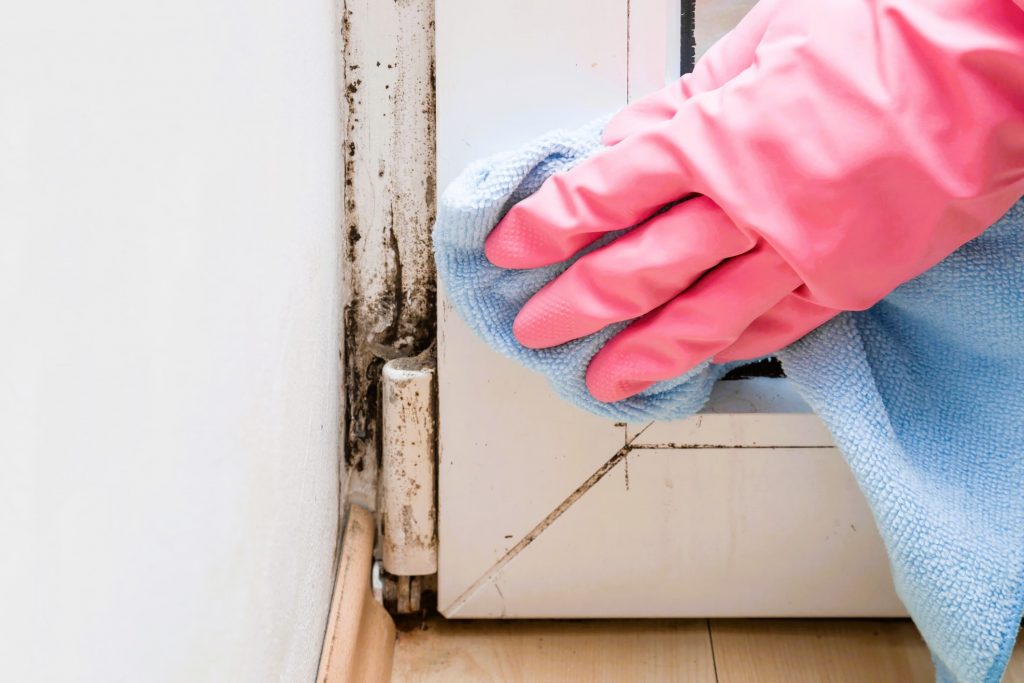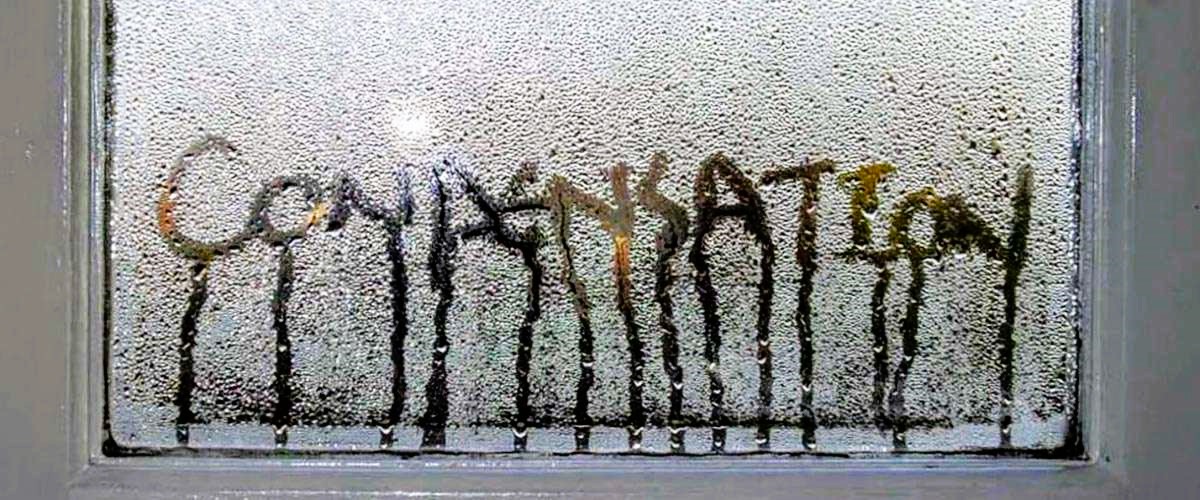Plastic windows have become a popular choice for homeowners due to their durability, energy efficiency, and low maintenance requirements. However, like any type of window, plastic windows can experience problems over time that can affect their performance and longevity. In this article, we’ll explore the most common problems that may arise when operating plastic windows and how to prevent and solve them.
Problem #1: Difficulty Opening and Closing Windows
One of the most common problems that homeowners may experience with plastic windows is difficulty opening and closing them. This can be caused by a variety of factors, such as a buildup of dirt or debris in the window tracks, worn or damaged hardware, or misaligned window frames.
Solution: The first step in solving this problem is to clean the window tracks and frames with a soft brush or cloth to remove any debris or dirt. If the problem persists, it may be necessary to replace worn or damaged hardware or adjust the window frame to ensure proper alignment.
Problem #2: Drafts and Air Leaks

Another common problem with plastic windows is drafts and air leaks, which can result in reduced energy efficiency and increased heating and cooling costs. This can be caused by gaps between the window frame and the wall, worn or damaged weatherstripping, or improperly installed windows.
Solution: The solution to this problem will depend on the specific cause. In some cases, it may be as simple as replacing worn or damaged weatherstripping. In other cases, it may be necessary to install additional weatherstripping or adjust the window frame to ensure a proper fit. Like the article? Read also about environmental friendly windows
Problem #3: Condensation Buildup
Condensation buildup on plastic windows can be a common problem, especially in areas with high humidity or in colder climates. This can be caused by a variety of factors, such as poor ventilation, low-quality windows, or high levels of indoor humidity.
Solution: To prevent condensation buildup, it’s important to ensure proper ventilation in the home. This can be achieved by opening windows or using a ventilation system to circulate air. It may also be necessary to install high-quality windows with improved insulation and reduced condensation.
Problem #4: Foggy Glass
Foggy glass is another common problem that can occur with plastic windows. This is typically caused by a buildup of moisture inside the glass unit, which can occur when the seal between the glass and the frame is broken or damaged.
Solution: The solution to this problem is to replace the glass unit. This will require the assistance of a professional window installer, who can remove the old glass unit and install a new one to ensure proper sealing.
Problem #5: Cracked or Damaged Glass
Finally, cracked or damaged glass can be a problem with plastic windows, especially in areas prone to extreme weather conditions or accidental impact. This can compromise the structural integrity of the window and reduce its energy efficiency.
Solution: The solution to this problem is to replace the glass unit or the entire window. This will require the assistance of a professional window installer, who can ensure that the new window is properly installed and sealed.
In conclusion, plastic windows can experience a range of problems over time, but many of these can be prevented or solved with proper maintenance and care. By regularly cleaning and inspecting plastic windows and addressing any problems as soon as they arise, homeowners can ensure the longevity and performance of their windows for many years to come.
It’s important to note that some problems with plastic windows may be more serious and require the assistance of a professional window installer. This includes problems with the window frame or structure, which can compromise the safety and security of the home. It’s important to work with a qualified and experienced professional to assess and address any serious problems with plastic windows.

To prevent problems with plastic windows from occurring in the first place, homeowners can take a few preventative measures. This includes regular cleaning and maintenance of the windows, avoiding harsh chemicals or abrasive materials that can damage the windows, and ensuring proper ventilation and humidity levels in the home.
Additionally, homeowners can choose high-quality plastic windows with a strong track record of performance and reliability. This may involve working with a reputable window manufacturer or installer who can provide guidance and recommendations on the best windows for your home and budget.
In conclusion, plastic windows can be a durable, energy-efficient, and low-maintenance option for homeowners. By being aware of the common problems that can occur with plastic windows and taking preventative measures to address them, homeowners can ensure the longevity and performance of their windows for many years to come.

